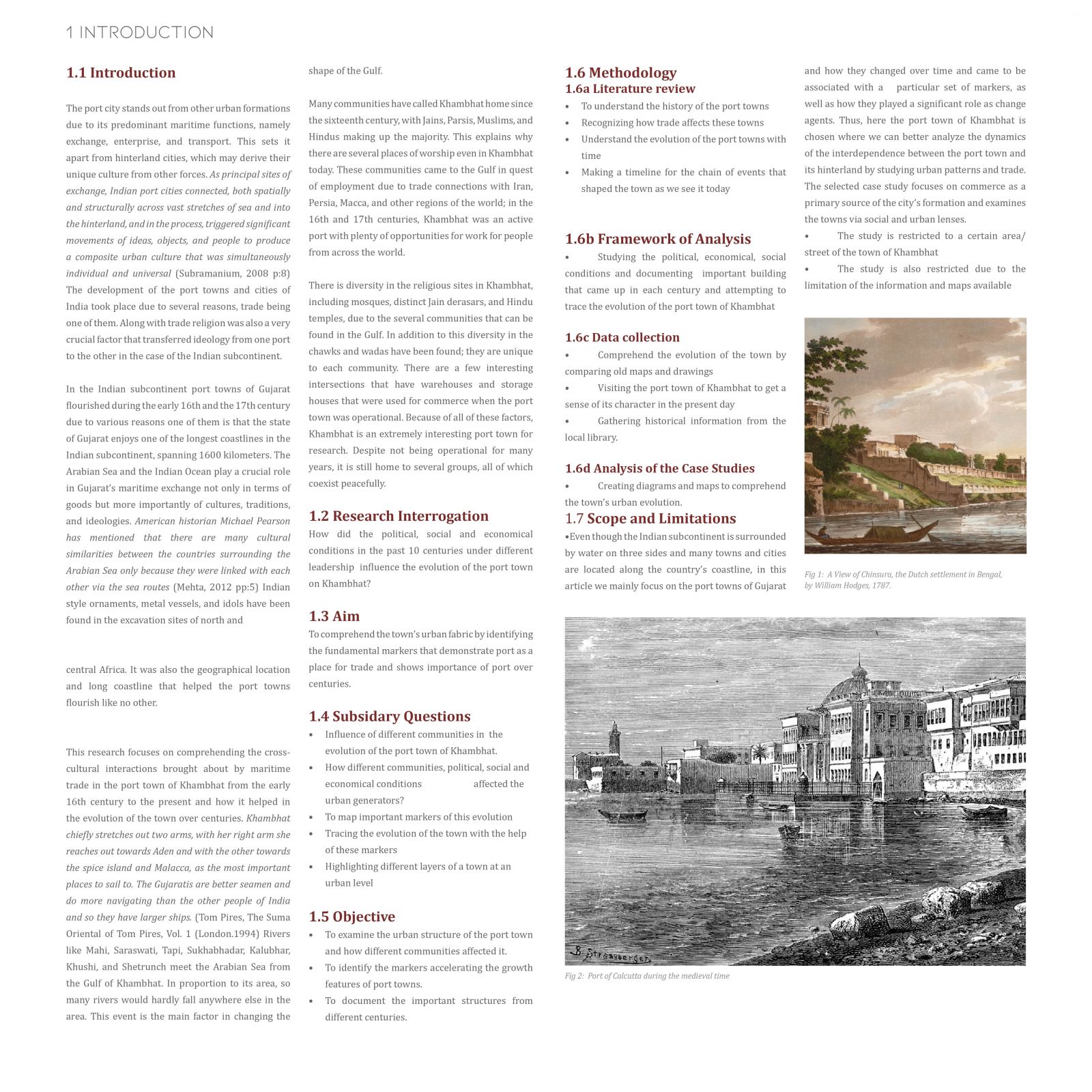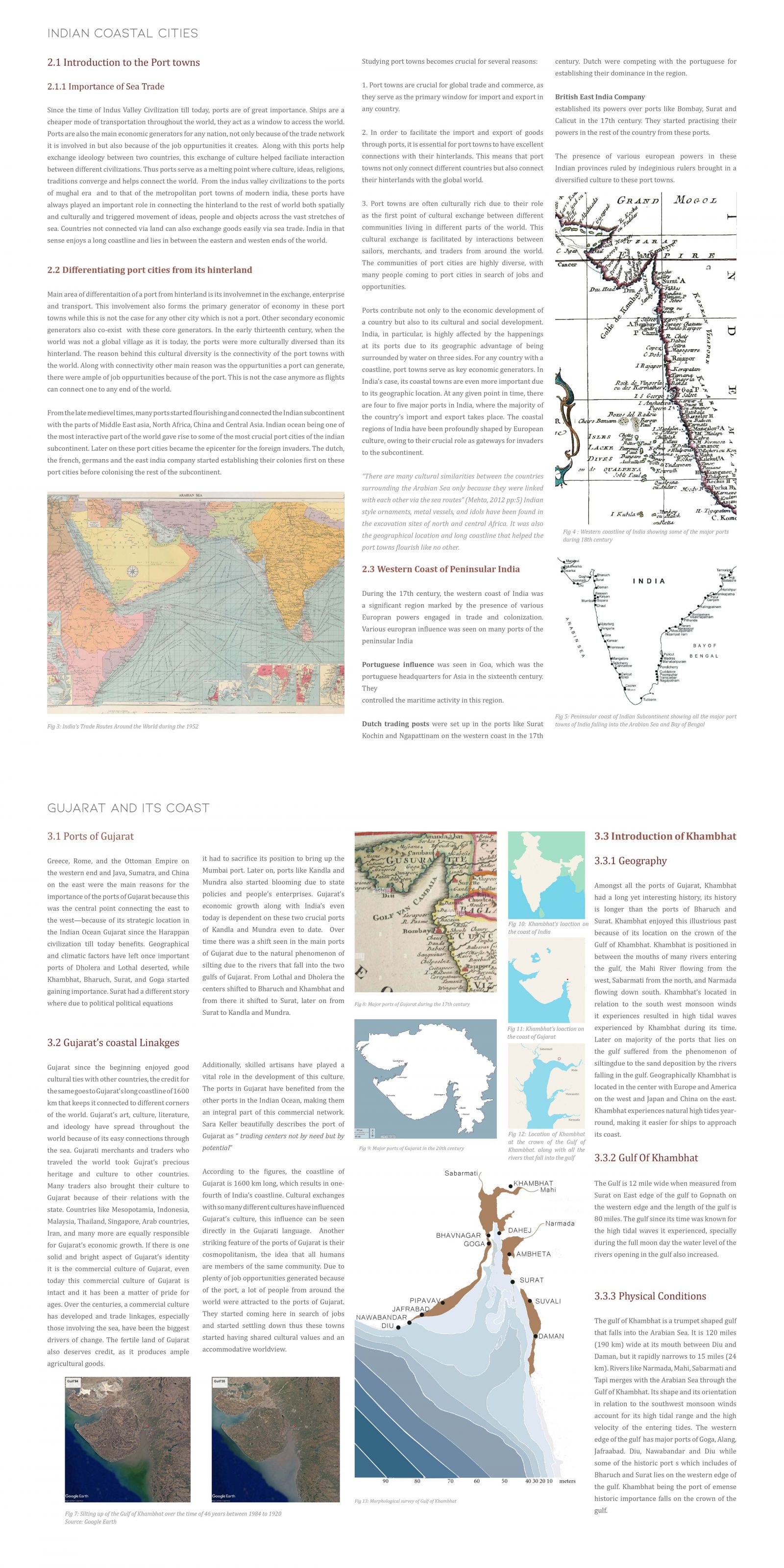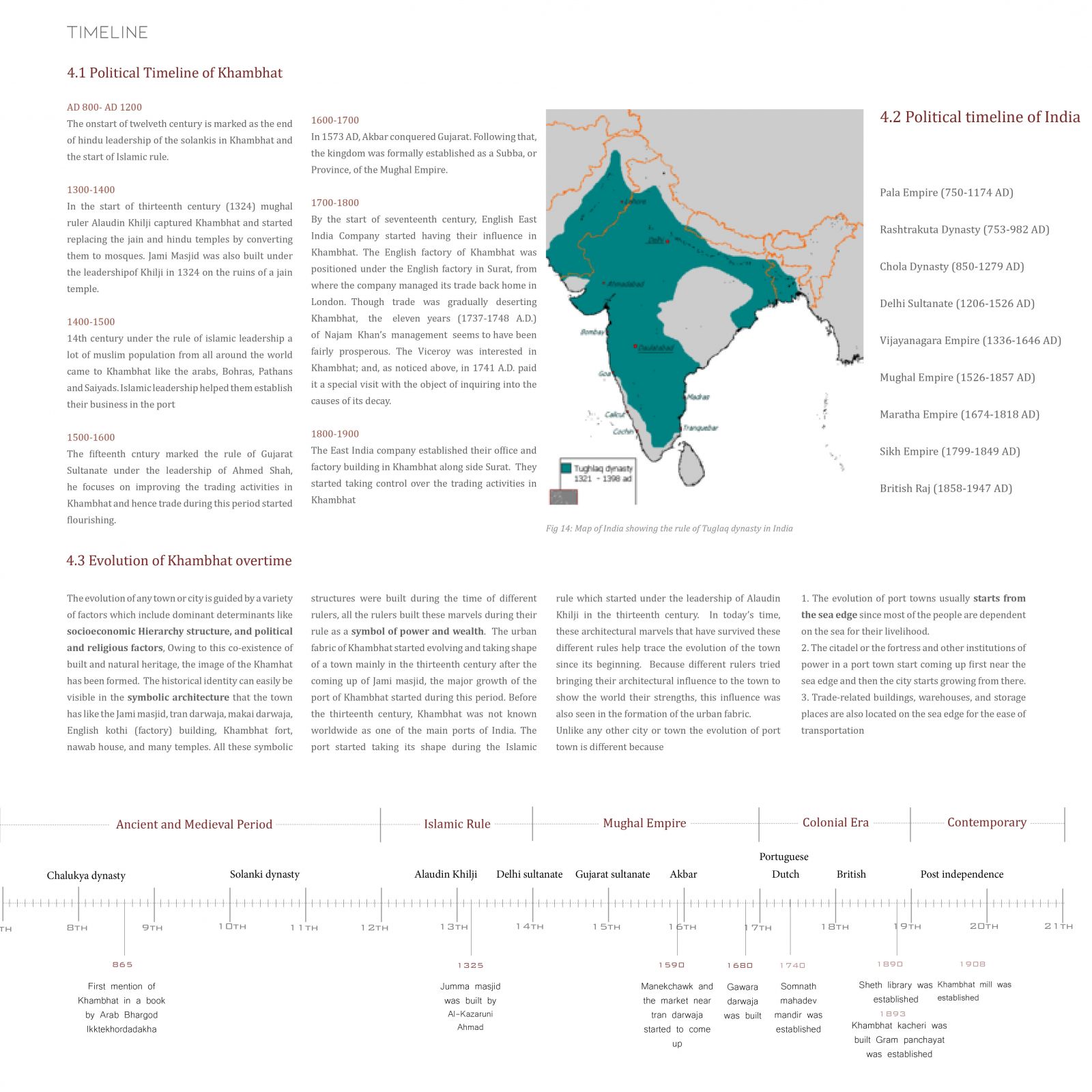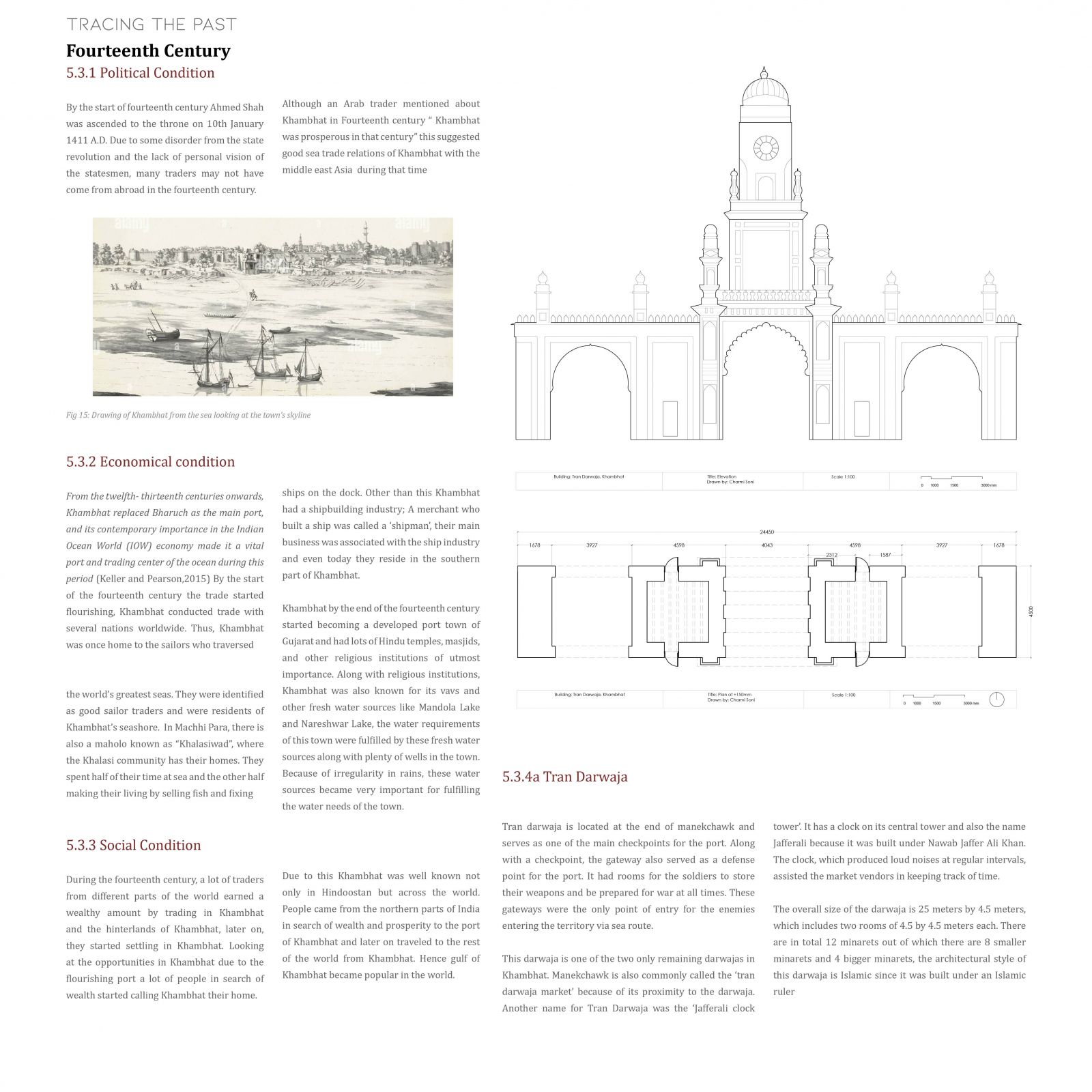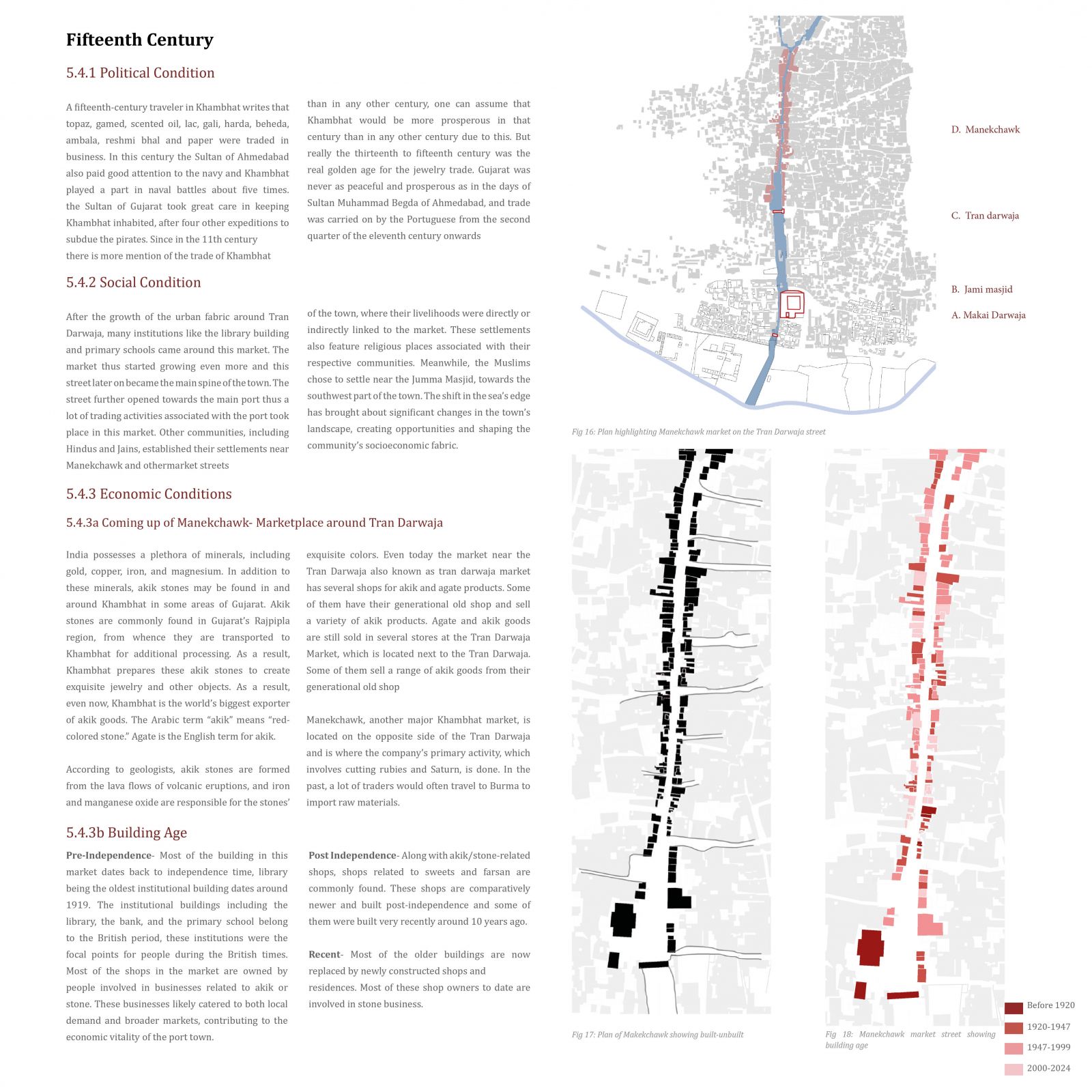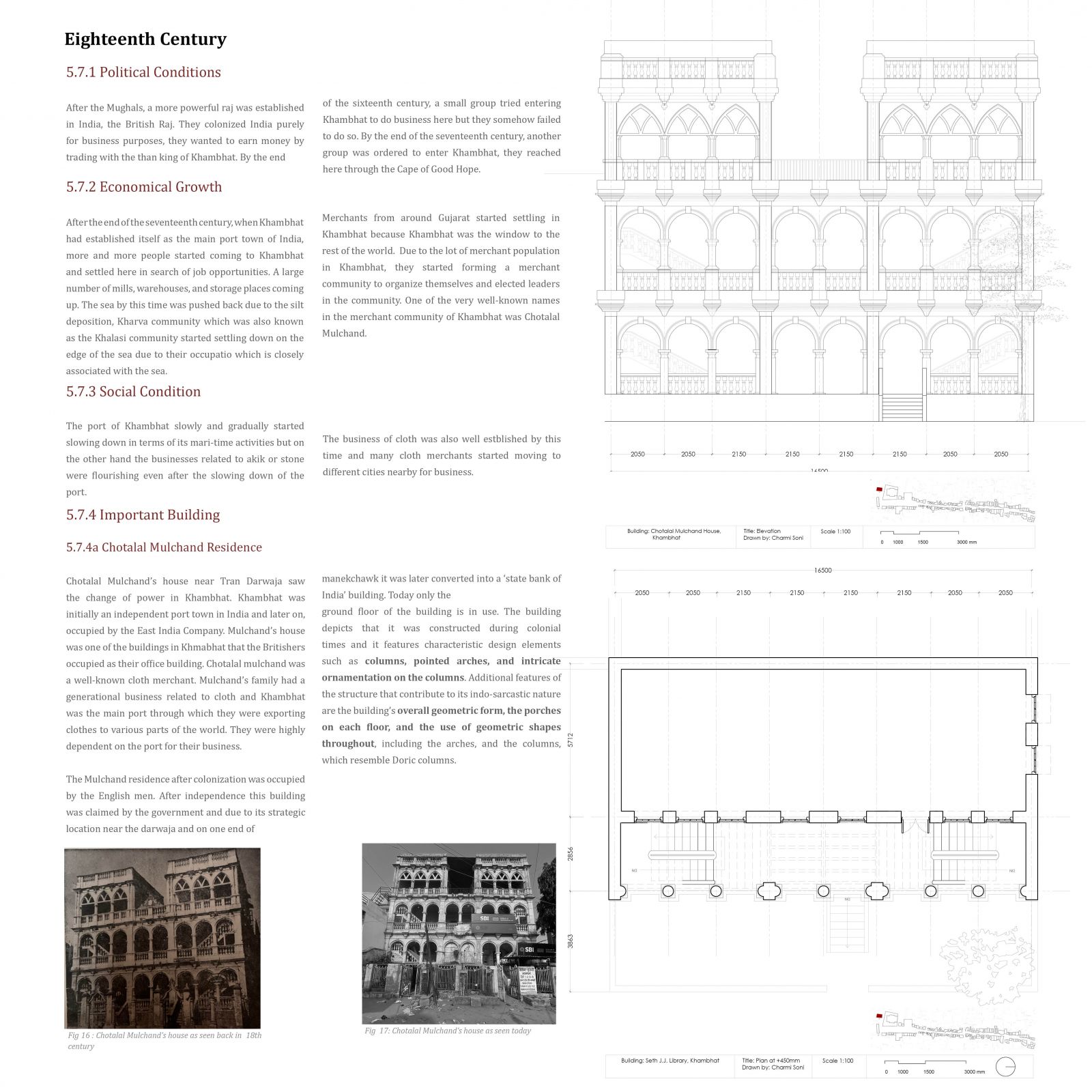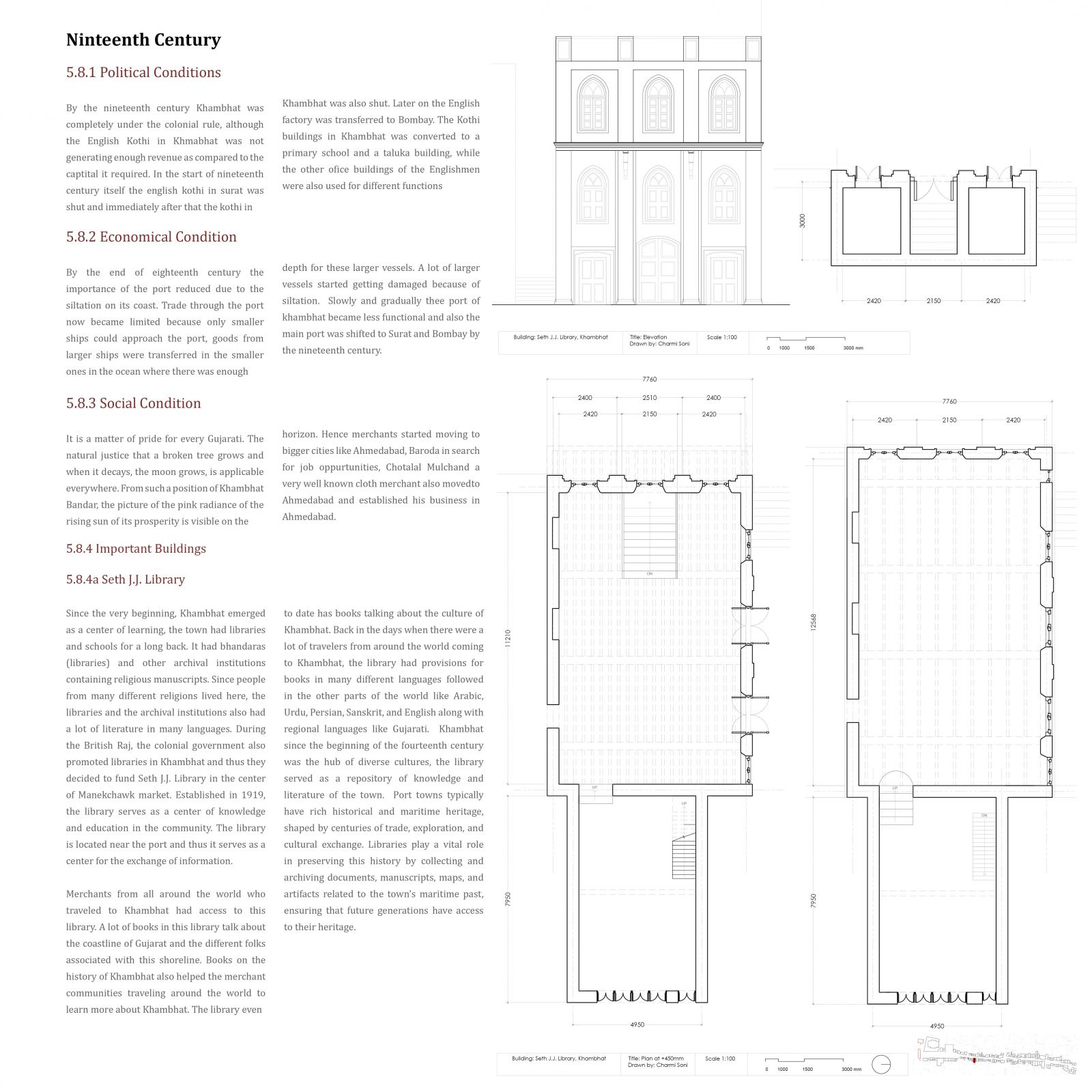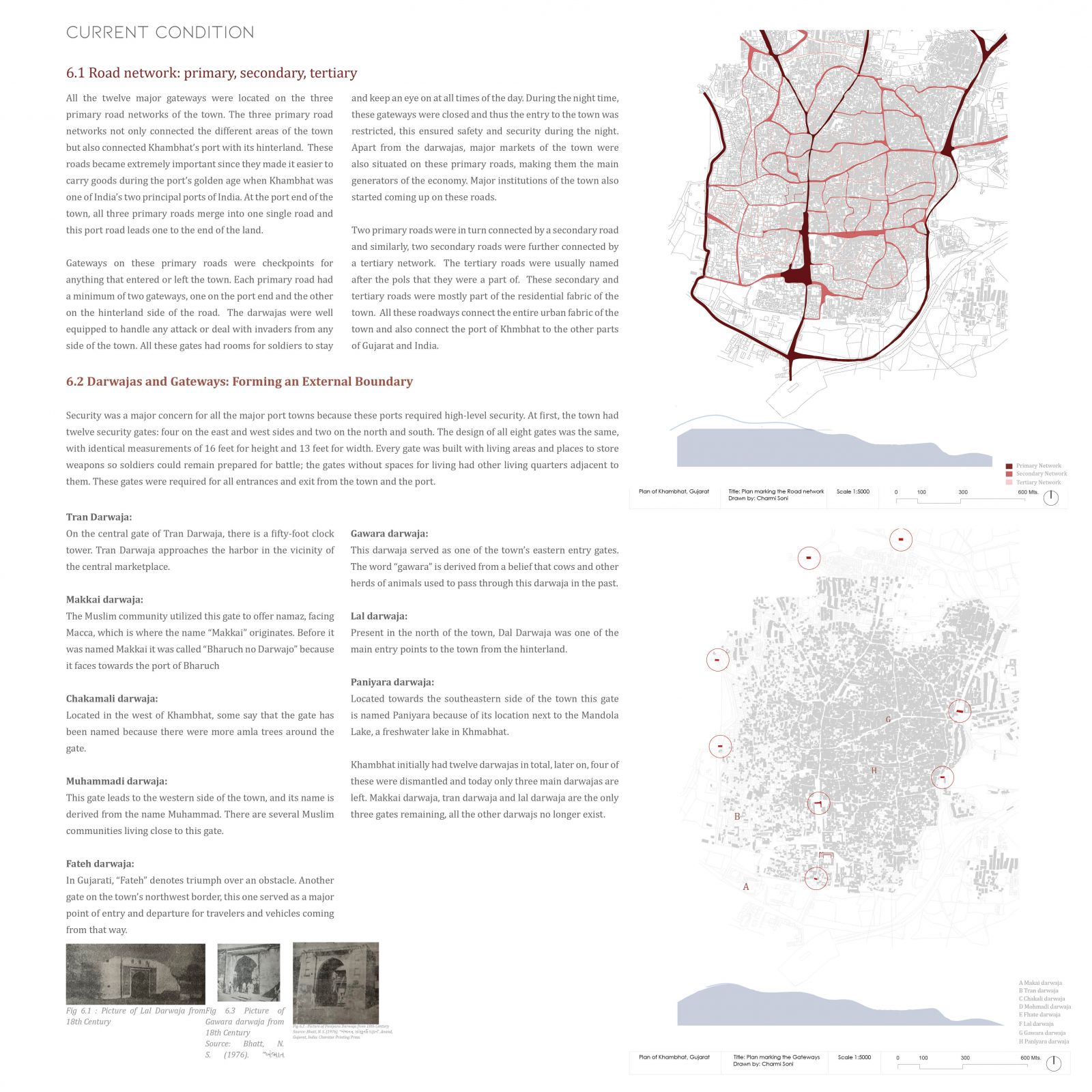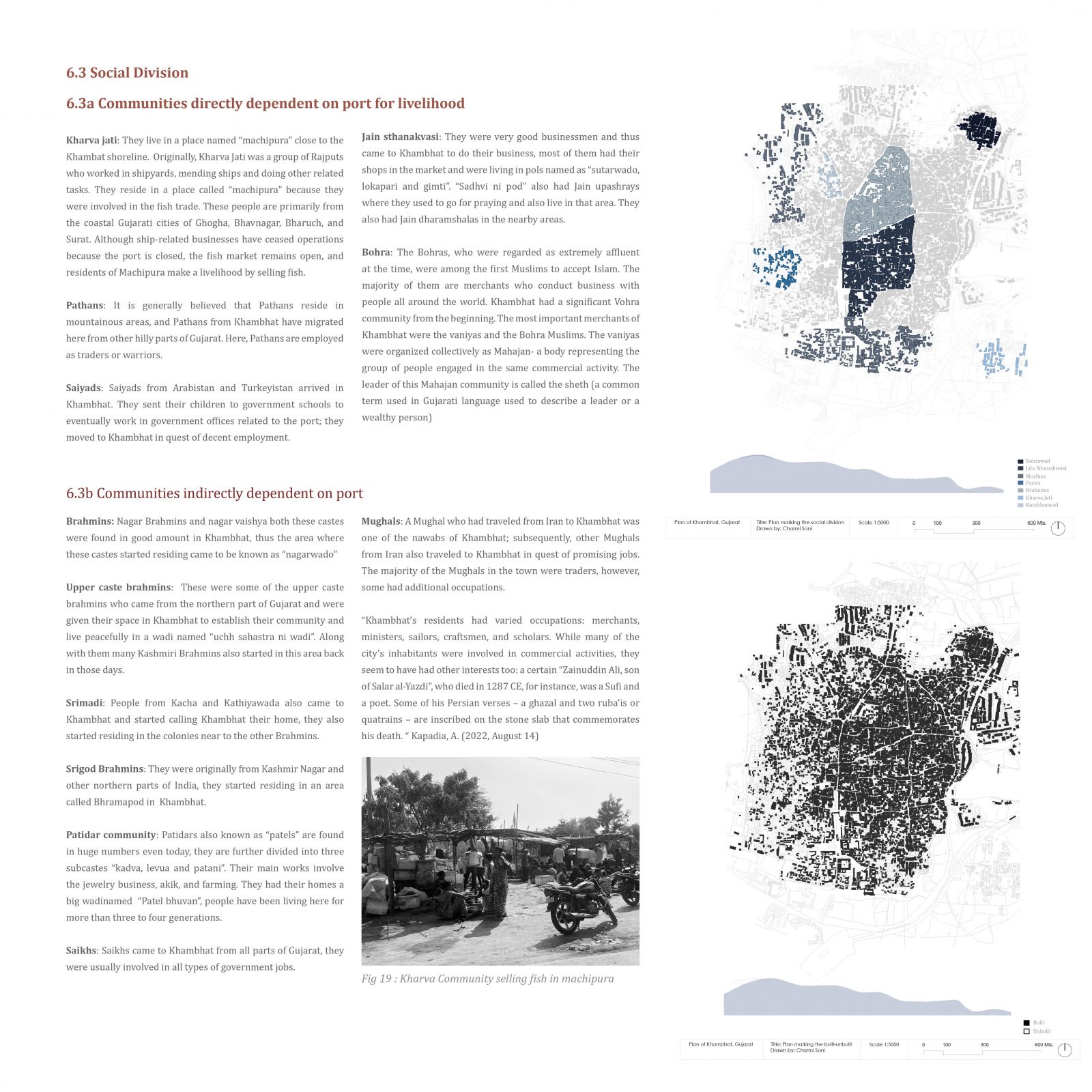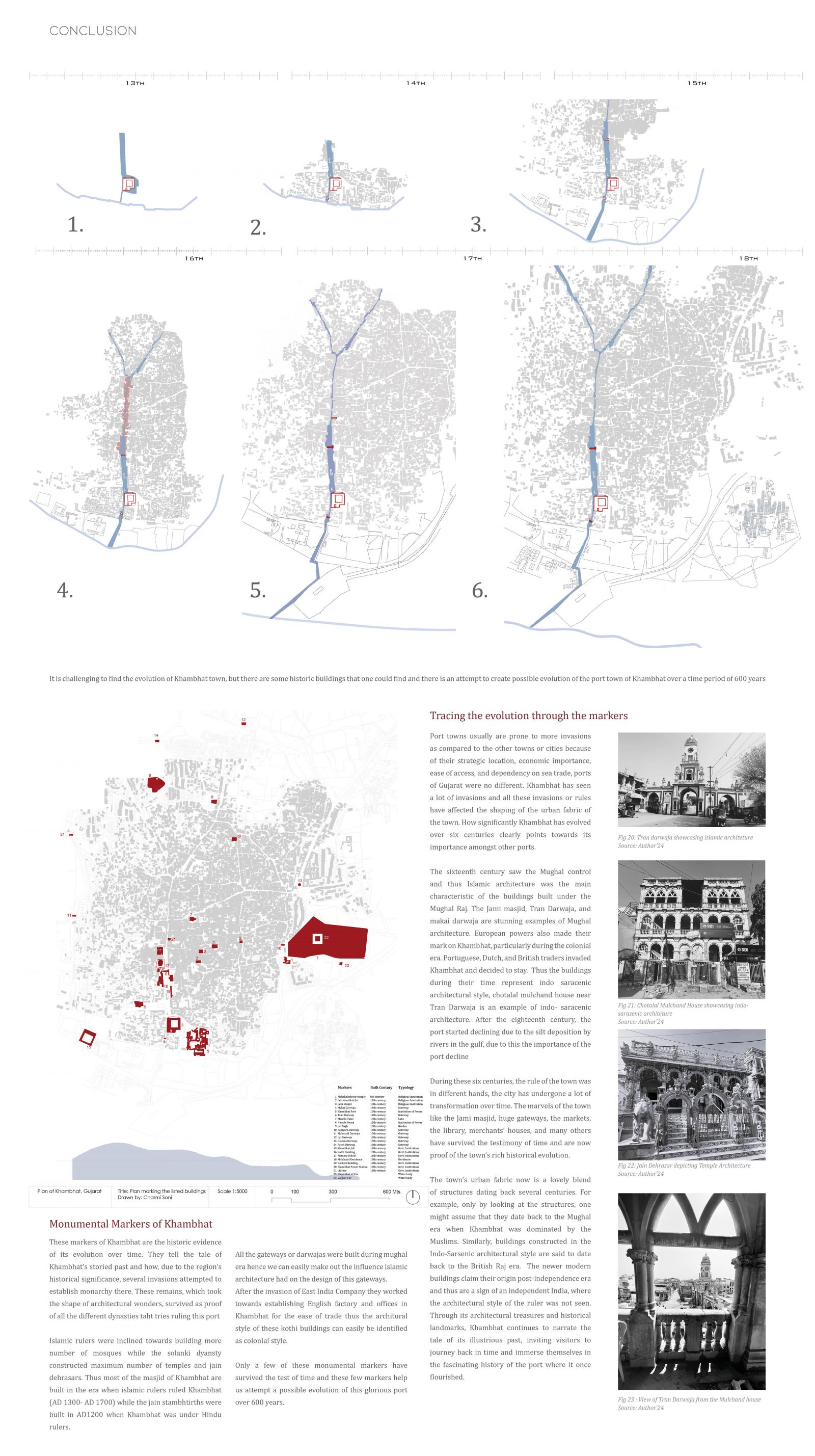Your browser is out-of-date!
For a richer surfing experience on our website, please update your browser. Update my browser now!
For a richer surfing experience on our website, please update your browser. Update my browser now!
Port towns usually are prone to more invasions as compared to the other towns or cities because of their strategic location, economic importance, ease of access, and dependency on sea trade, ports of Gujarat were no different. Khambhat has seen a lot of invasions and all these invasions or rules have affected the shaping of the urban fabric of the town. How significantly Khambhat has evolved over six centuries clearly points towards its importance amongst other ports. The sixteenth century saw the Mughal control and thus Islamic architecture was the main characteristic of the buildings built under the Mughal Raj. The Jami masjid, Tran Darwaja, and makai darwaja are stunning examples of Mughal architecture. European powers also made their mark on Khambhat, particularly during the colonial era. Portuguese, Dutch, and British traders invaded Khambhat and decided to stay. Thus the buildings during their time represent indo saracenic architectural style, chotalal mulchand house near Tran Darwaja is an example of indo- saracenic architecture. After the eighteenth century, the port started declining due to the silt deposition by rivers in the gulf, due to this the importance of the port decline During these six centuries, the rule of the town was in different hands, the city has undergone a lot of transformation over time. The marvels of the town like the Jami masjid, huge gateways, the markets, the library, merchants’ houses, and many others have survived the testimony of time and are now proof of the town’s rich historical evolution. The town’s urban fabric now is a lovely blend of structures dating back several centuries. For example, only by looking at the structures, one might assume that they date back to the Mughal era when Khambhat was dominated by the Muslims. Similarly, buildings constructed in the Indo-Sarsenic architectural style are said to date back to the British Raj era. The newer modern buildings claim their origin post-independence era and thus are a sign of an independent India, where the architectural style of the ruler was not seen. Through its architectural treasures and historical landmarks, Khambhat continues to narrate the tale of its illustrious past, inviting visitors to journey back in time and immerse themselves in the fascinating history of the port where it once flourished.
